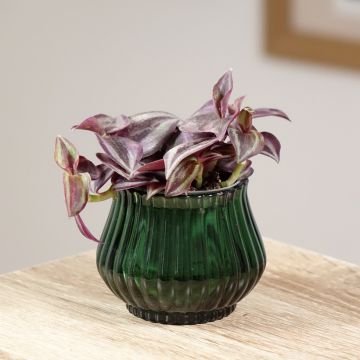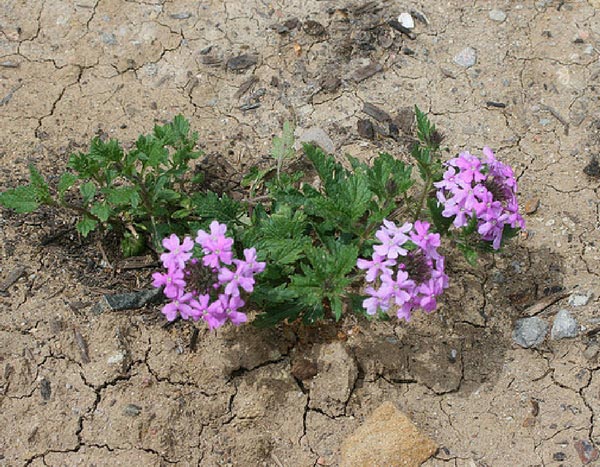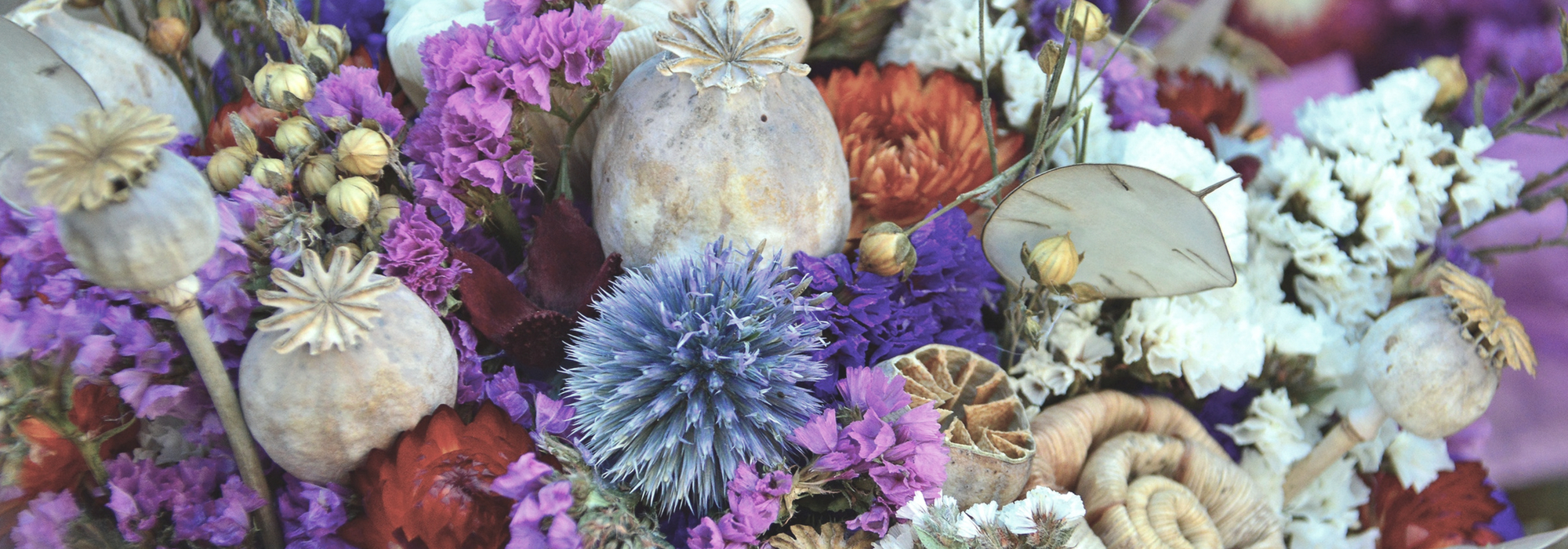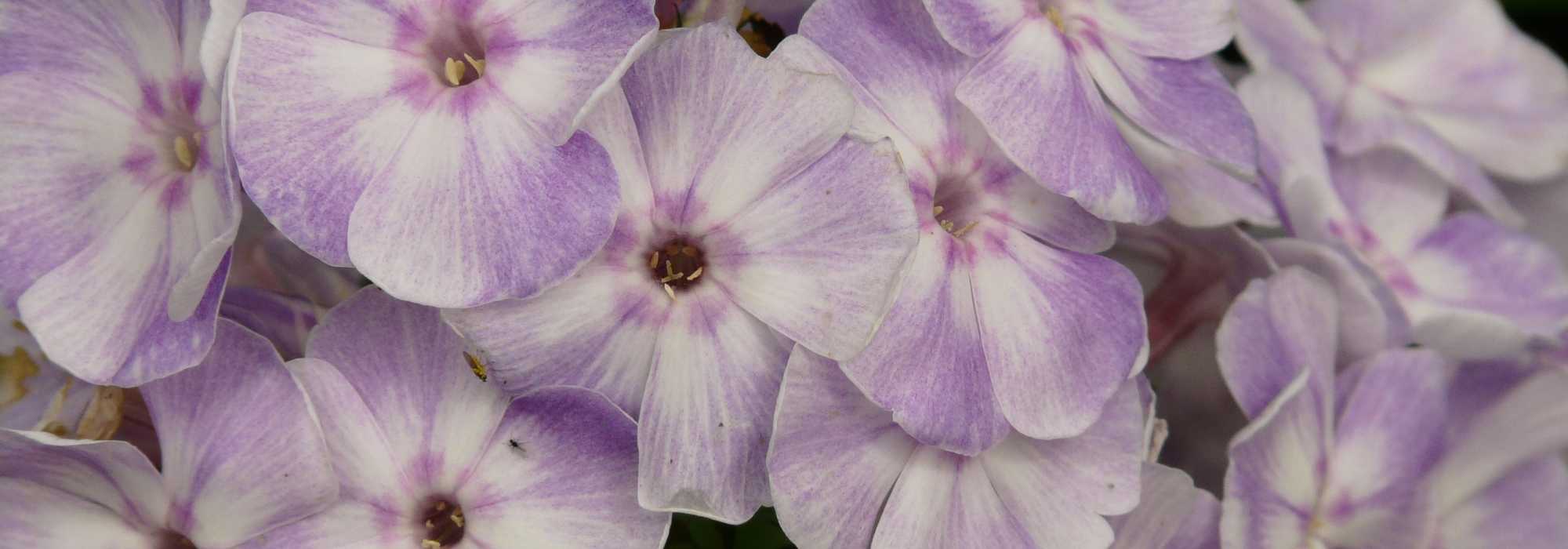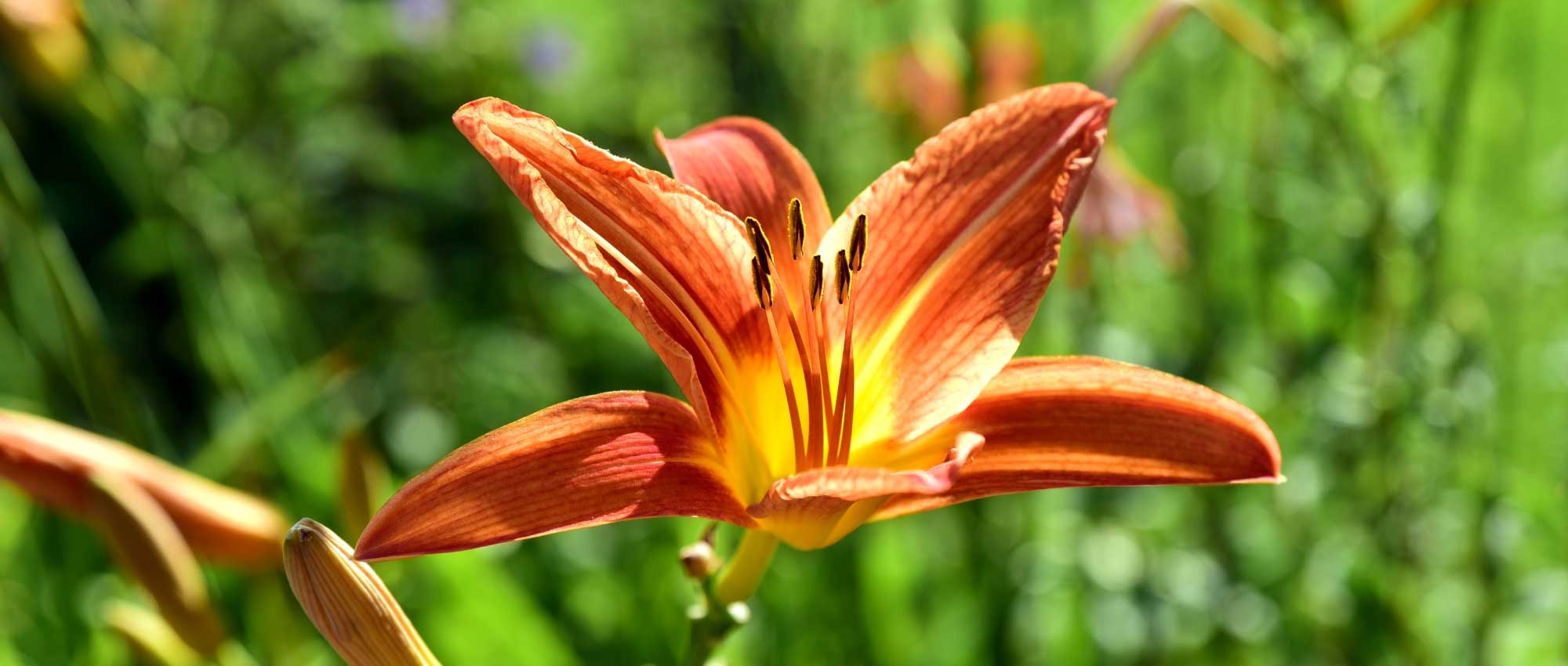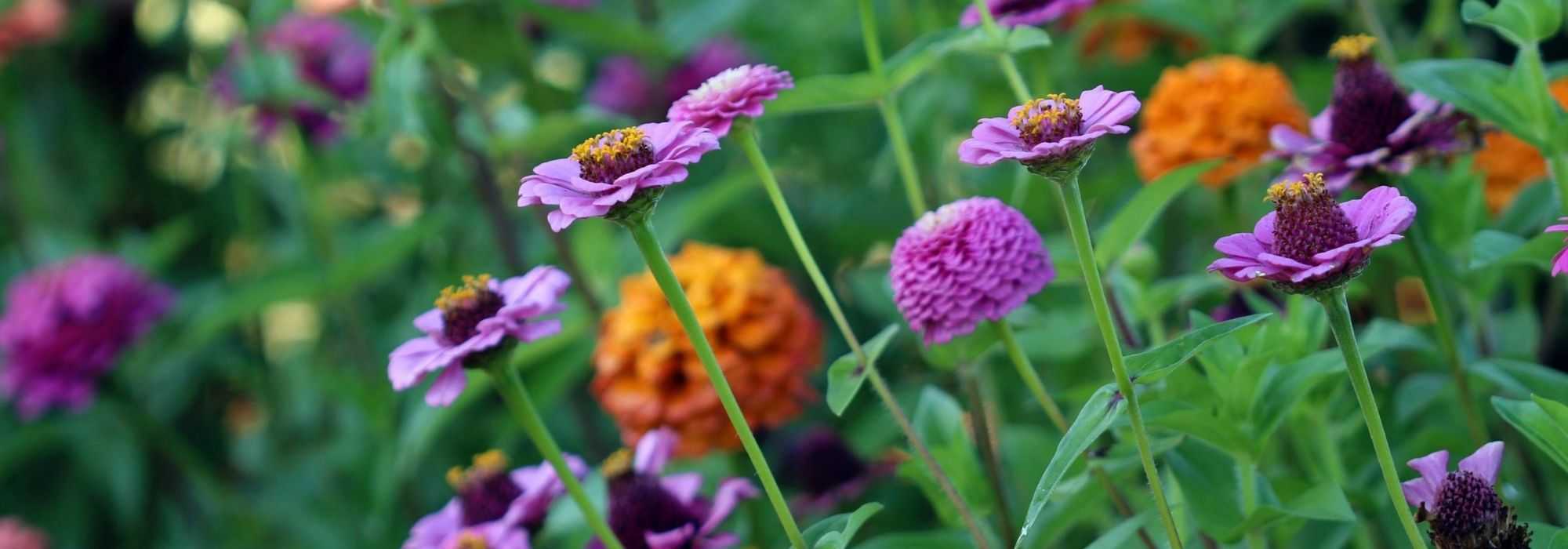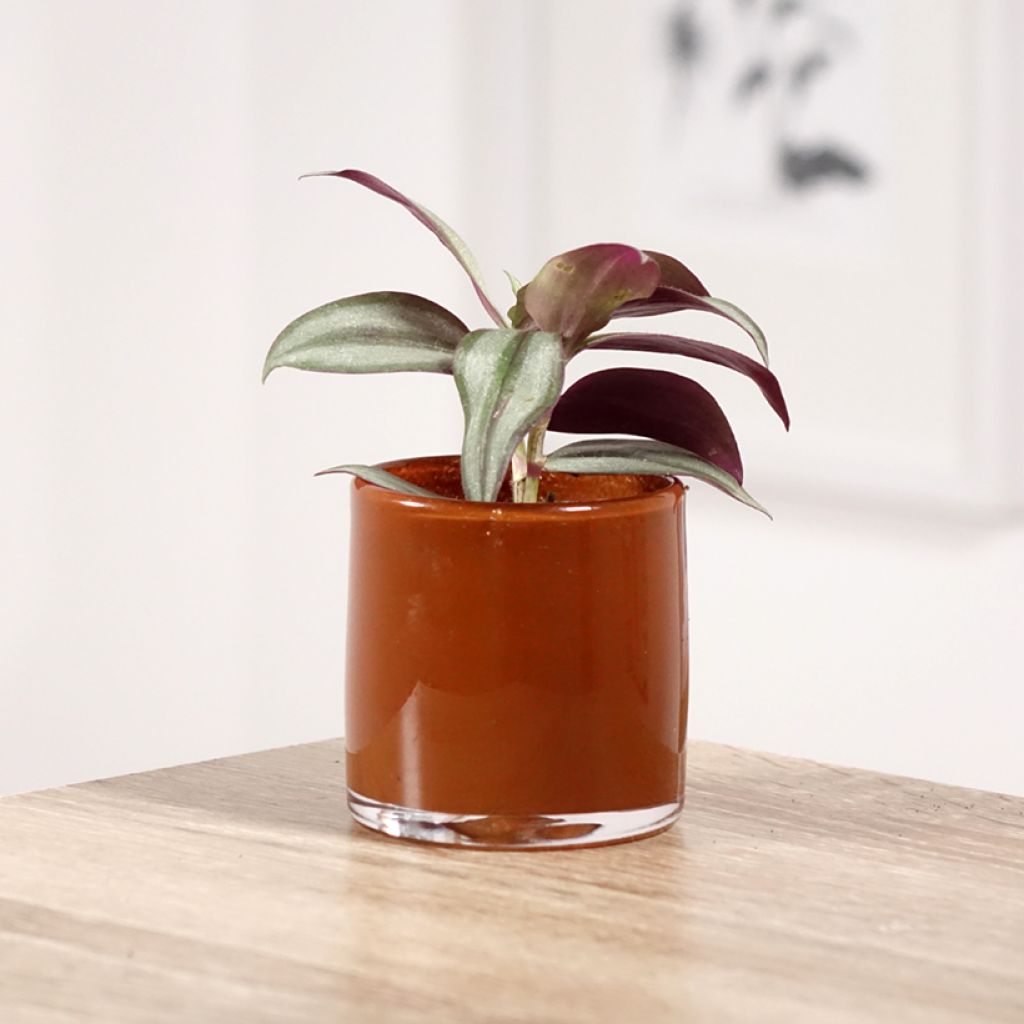

Tradescantia zebrina Pink Joy - Silver inch plant
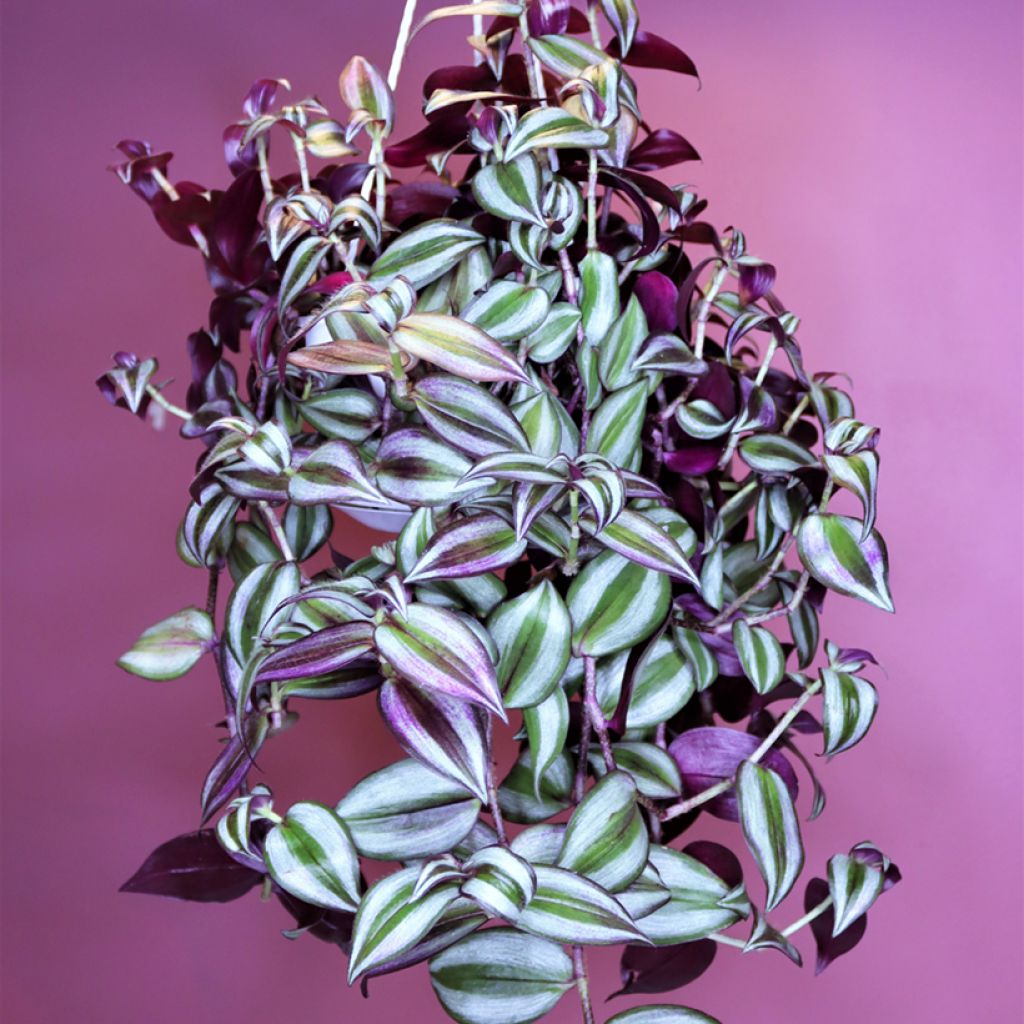

Tradescantia zebrina Pink Joy - Silver inch plant


Tradescantia zebrina Pink Joy - Silver inch plant
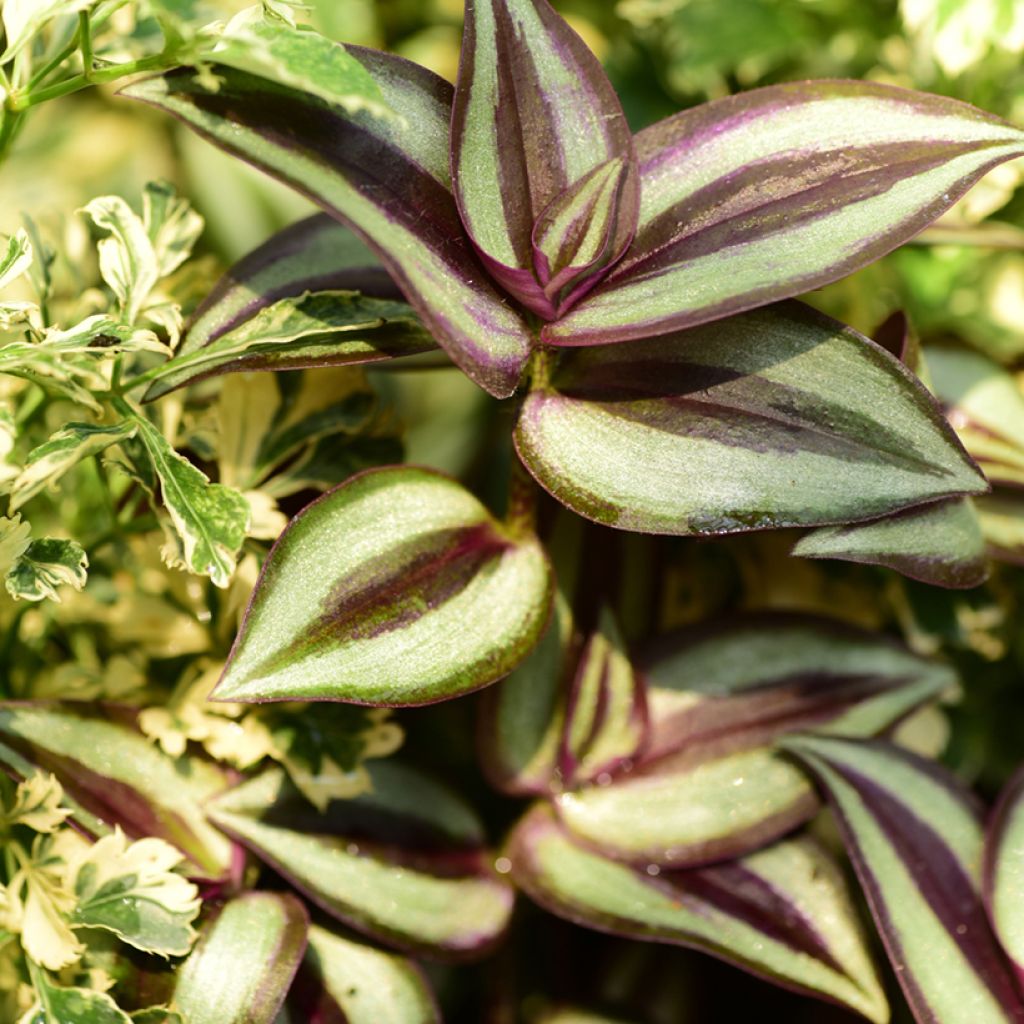

Tradescantia zebrina Pink Joy - Silver inch plant
Tradescantia zebrina Pink Joy - Silver inch plant
Tradescantia zebrina Pink Joy
Silver inch plant, wandering dude, Zebrina pendula
Special offer!
Receive a €20 voucher for any order over €90 (excluding delivery costs, credit notes, and plastic-free options)!
1- Add your favorite plants to your cart.
2- Once you have reached €90, confirm your order (you can even choose the delivery date!).
3- As soon as your order is shipped, you will receive an email containing your voucher code, valid for 3 months (90 days).
Your voucher is unique and can only be used once, for any order with a minimum value of €20, excluding delivery costs.
Can be combined with other current offers, non-divisible and non-refundable.
Home or relay delivery (depending on size and destination)
Schedule delivery date,
and select date in basket
This plant carries a 30 days recovery warranty
More information
We guarantee the quality of our plants for a full growing cycle, and will replace at our expense any plant that fails to recover under normal climatic and planting conditions.
Description
The Tradescantia zebrina 'Pink Joy', commonly known as Striped or Zebrina Wandering Jew, is a popular houseplant prized for its beautifully variegated foliage combining shades of pink, green, and silver. Its trailing stems make this variety an excellent choice for hanging baskets or shelf decoration. Easy to care for, it is an ideal companion for brightening up your living room or office, even if you're not a houseplant expert.
The Tradescantia zebrina 'Pink Joy' belongs to the Commelinaceae family. Native to the tropical forests of Mexico, the Tradescantia zebrina typically thrives in cool, shaded environments. It has since spread throughout Central and South America as well as Florida. In its natural habitat, it grows as an undergrowth plant benefiting from ambient humidity and the protection of the canopy. This cultivar is a synonym of Tradescantia zebrina 'Violet Hill', now widely accepted and used. This herbaceous perennial has a naturally trailing habit with fleshy, succulent stems that can extend up to 1 m in length. The alternate, sheathing leaves measure approximately 7–8 cm long and 3 cm wide. They feature a glossy upper surface adorned with longitudinal green and silver stripes, while the underside displays a deep purple hue. Indoor flowering is rare, producing small dark pink flowers with three rounded petals.
Indoors, the 'Pink Joy' Wandering Jew prefers partial shade or bright indirect light avoiding direct sunlight that may scorch its delicate foliage. It thrives in temperatures between 18–25°C, occasionally tolerating peaks up to 30°C if watering is adjusted. While it appreciates some ambient humidity, it adapts well to standard indoor humidity levels. Keep the soil slightly moist with regular watering, avoiding excess water that could lead to root rot.
Warning - The Tradescantia zebrina is toxic to pets if ingested.
The Tradescantia zebrina 'Pink Joy' thrives best in a well-lit living room, a bright office, or even a sunny kitchen. Hang it in a stylish macramé planter to showcase its cascading zebra-striped foliage, or place it high on a shelf to enjoy its trailing growth. Pair it with solid-coloured foliage plants for contrast such as an Anthurium or a Tradescantia pallida 'Purpurea' with its long purple leaves.
Tradescantia zebrina Pink Joy - Silver inch plant in pictures
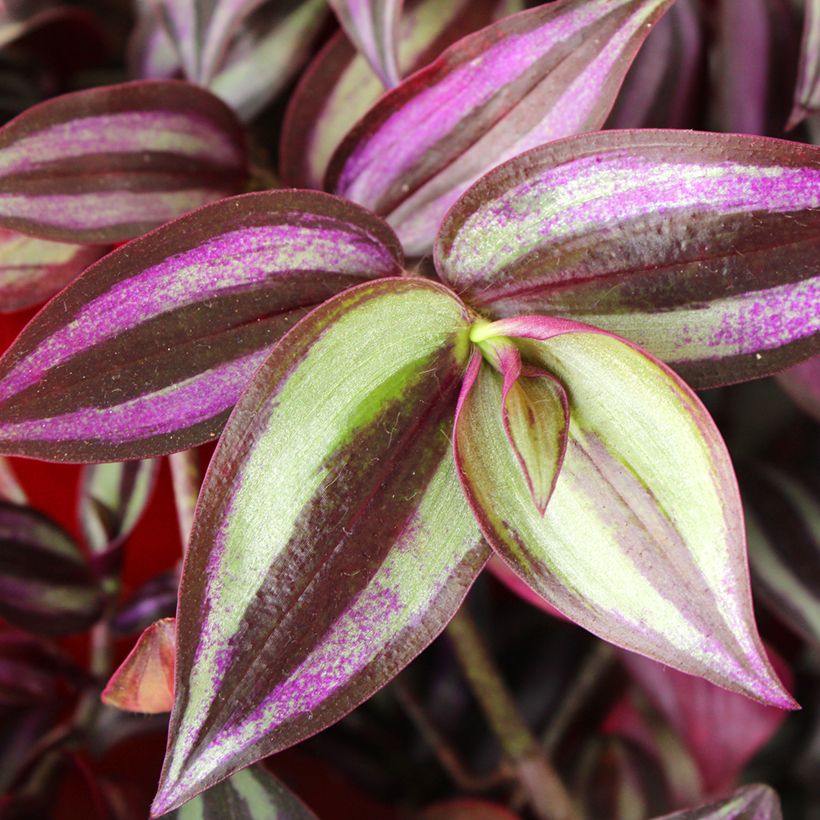

Foliage
Plant habit
Flowering
Botanical data
Tradescantia
zebrina
Pink Joy
Commelinaceae
Silver inch plant, wandering dude, Zebrina pendula
Cultivar or hybrid
Safety measures
Other Indoor Tradescantia
View all →Location
Location
Maintenance and care
Watering tips
Potting advice, substrates and fertilisers
Houseplant care
Disease and pest advice
Maintenance and care
Planting & care advice
This item has not been reviewed yet - be the first to leave a review about it.
Haven't found what you were looking for?
Hardiness is the lowest winter temperature a plant can endure without suffering serious damage or even dying. However, hardiness is affected by location (a sheltered area, such as a patio), protection (winter cover) and soil type (hardiness is improved by well-drained soil).

Photo Sharing Terms & Conditions
In order to encourage gardeners to interact and share their experiences, Promesse de fleurs offers various media enabling content to be uploaded onto its Site - in particular via the ‘Photo sharing’ module.
The User agrees to refrain from:
- Posting any content that is illegal, prejudicial, insulting, racist, inciteful to hatred, revisionist, contrary to public decency, that infringes on privacy or on the privacy rights of third parties, in particular the publicity rights of persons and goods, intellectual property rights, or the right to privacy.
- Submitting content on behalf of a third party;
- Impersonate the identity of a third party and/or publish any personal information about a third party;
In general, the User undertakes to refrain from any unethical behaviour.
All Content (in particular text, comments, files, images, photos, videos, creative works, etc.), which may be subject to property or intellectual property rights, image or other private rights, shall remain the property of the User, subject to the limited rights granted by the terms of the licence granted by Promesse de fleurs as stated below. Users are at liberty to publish or not to publish such Content on the Site, notably via the ‘Photo Sharing’ facility, and accept that this Content shall be made public and freely accessible, notably on the Internet.
Users further acknowledge, undertake to have ,and guarantee that they hold all necessary rights and permissions to publish such material on the Site, in particular with regard to the legislation in force pertaining to any privacy, property, intellectual property, image, or contractual rights, or rights of any other nature. By publishing such Content on the Site, Users acknowledge accepting full liability as publishers of the Content within the meaning of the law, and grant Promesse de fleurs, free of charge, an inclusive, worldwide licence for the said Content for the entire duration of its publication, including all reproduction, representation, up/downloading, displaying, performing, transmission, and storage rights.
Users also grant permission for their name to be linked to the Content and accept that this link may not always be made available.
By engaging in posting material, Users consent to their Content becoming automatically accessible on the Internet, in particular on other sites and/or blogs and/or web pages of the Promesse de fleurs site, including in particular social pages and the Promesse de fleurs catalogue.
Users may secure the removal of entrusted content free of charge by issuing a simple request via our contact form.
The flowering period indicated on our website applies to countries and regions located in USDA zone 8 (France, the United Kingdom, Ireland, the Netherlands, etc.)
It will vary according to where you live:
- In zones 9 to 10 (Italy, Spain, Greece, etc.), flowering will occur about 2 to 4 weeks earlier.
- In zones 6 to 7 (Germany, Poland, Slovenia, and lower mountainous regions), flowering will be delayed by 2 to 3 weeks.
- In zone 5 (Central Europe, Scandinavia), blooming will be delayed by 3 to 5 weeks.
In temperate climates, pruning of spring-flowering shrubs (forsythia, spireas, etc.) should be done just after flowering.
Pruning of summer-flowering shrubs (Indian Lilac, Perovskia, etc.) can be done in winter or spring.
In cold regions as well as with frost-sensitive plants, avoid pruning too early when severe frosts may still occur.
The planting period indicated on our website applies to countries and regions located in USDA zone 8 (France, United Kingdom, Ireland, Netherlands).
It will vary according to where you live:
- In Mediterranean zones (Marseille, Madrid, Milan, etc.), autumn and winter are the best planting periods.
- In continental zones (Strasbourg, Munich, Vienna, etc.), delay planting by 2 to 3 weeks in spring and bring it forward by 2 to 4 weeks in autumn.
- In mountainous regions (the Alps, Pyrenees, Carpathians, etc.), it is best to plant in late spring (May-June) or late summer (August-September).
The harvesting period indicated on our website applies to countries and regions in USDA zone 8 (France, England, Ireland, the Netherlands).
In colder areas (Scandinavia, Poland, Austria...) fruit and vegetable harvests are likely to be delayed by 3-4 weeks.
In warmer areas (Italy, Spain, Greece, etc.), harvesting will probably take place earlier, depending on weather conditions.
The sowing periods indicated on our website apply to countries and regions within USDA Zone 8 (France, UK, Ireland, Netherlands).
In colder areas (Scandinavia, Poland, Austria...), delay any outdoor sowing by 3-4 weeks, or sow under glass.
In warmer climes (Italy, Spain, Greece, etc.), bring outdoor sowing forward by a few weeks.































